Technics SU-GX70 Network Audio Amplifier Review
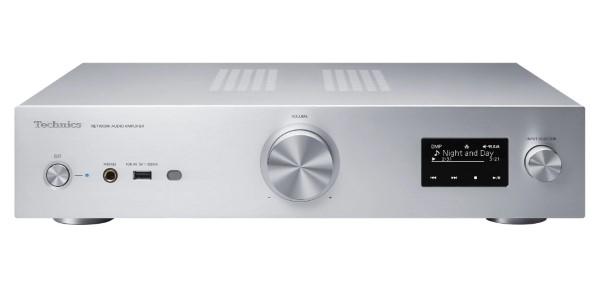
AT A GLANCE
Plus
Honest audiophile-grade sound
Free app delivers a good selection of streaming services
Proprietary two-channel room/speaker-correction EQ works well
Above average FM tuner included
Minus
Amplifier power may not be adequate for all speakers, larger rooms
No subwoofer output; no fixed-level line input for easy multi-channel integration; no 12V trigger
Lacks the touchscreen interface found on several competitors
THE VERDICT
An all-in-one streamer/amplifier that promises and delivers genuinely high-end sound, though with relatively modest amplifier power.
The twentieth century had its Roaring Twenties; welcome to the twenty-first’s Streaming Twenties.
Integrated amplifiers equipped with on-board streaming facilities and software, and the requisite digital-to-analog conversion hardware, have taken the place that the stereo receiver once held, back in the 1960’s, ’70’s, and ’80’s. They are today’s entry-level drug to the world of serious music repro, just as network streaming has become the agent of music discovery, the role played by alternative FM radio back in the day. (Though we didn’t have algorithms to pick tracks for us….)
Technics’ new example, the SU-GX70 Network Audio Amplifier, thus announces its function right in the name. Technics, the serious-audio brand of mega-manufacturer Panasonic, has an illustrious history. Most notable for its direct-drive turntables accepted as the standard by generations of DJ’s, the brand has also produced most every important class of audio component at one time or another, before Panasonic retired the name around the beginning of this century.
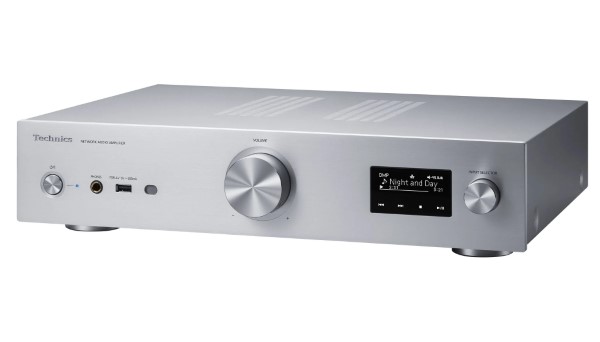
Panasonic elected to revive the Technics brand about a decade ago, and has produced a select few decidedly high-end-oriented designs since, of which the SU-GX70 is the latest. The new amp boasts a deep list of high-tech bona fides, including something they call a Jitter-Elimination Noise-shaping Optimization amplifier (JENO), which as best I can tell is a proprietary Class D amp incorporating substantial noise-shaping (Technics shows its clock frequency as 368 kHz). JENO is claimed to be “…less susceptible to signal degradation caused by external noise, ensuring more precise signal transmission. Accurate signal processing not only delivers high-resolution digital audio but also maintains the soft texture inherent in analogue recordings.” Uh, whatever. I also discovered an unexpected room-EQ system, and a speaker-phase-correction tech the firm labels LAPC, both of which are discussed a bit further on.
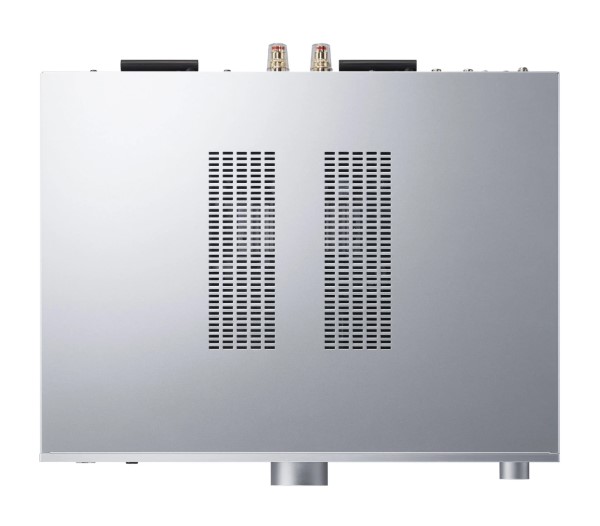
Physically, the SU-GX70 is an attractively slim box and shaped like a classic-era stereo receiver. Two knobs, a headphone jack, a small display, and a power switch complete the front panel facilities. Around back are three pair of unbalanced RCA inputs — one moving-magnet phono, two line-in — and a single Pre Out pair; two optical and one coax S/P-DIF digital inputs, plus an HDMI/ARC in, an Ethernet port, and two chunky, WBT-style, generously spaced speaker outputs. Plus — surprise! — a 75Ω antenna jack; yes, the Technics has an on-board FM (only) tuner. It’s not just a stream-plifier receiver-substitute: it’s an actual receiver! Two stubby antennas for the on-board WiFi and Bluetooth facilities, plus a standard IEC power-cord socket round out the rear panel.
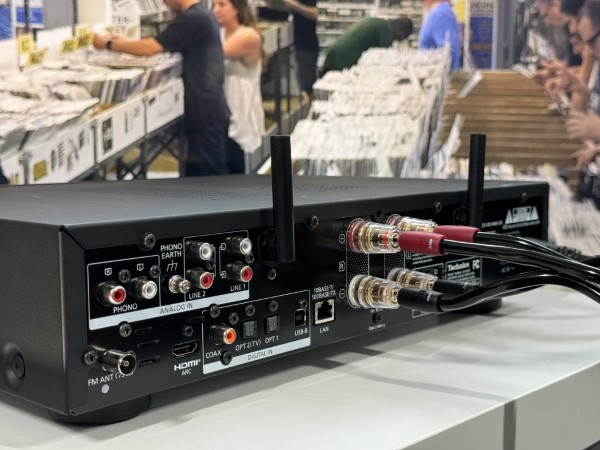
There are no balanced inputs or outputs, nor a subwoofer out. Nor is there any 12-volt trigger input or output. The absence of balanced XLR paths doesn’t worry me overmuch, as noise-pickup is not a meaningful problem in the vast majority of home systems, and modern circuit design makes the dB or two of potential signal-to-noise improvement potentially delivered by balanced connections’ higher signal voltage meaningful mostly only on paper. I would like to have seen a trigger in and out, though, to make automating the Technics in a multipurpose system more seamless.
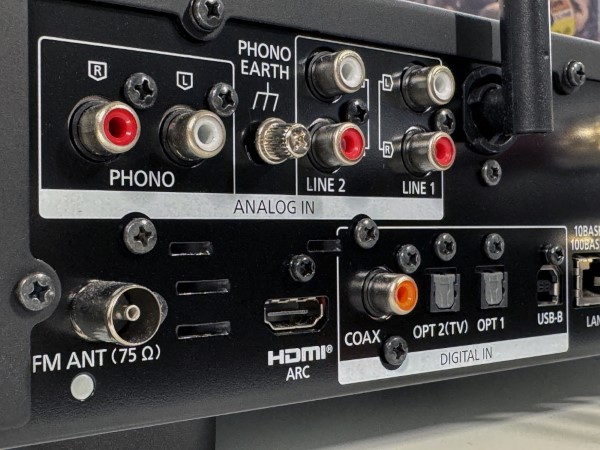
Panasonic rates the SU-GX70 at a modest 40+40 watts into 8 ohms (80+80 at 4Ω), but this is specified, a bit unusually, as “1kHz, T.H.D 1.0%, 8Ω, 20kHz LPF.” (I take the LPF reference to mean the amp was measured with a 20 kHz “brickwall” filter in the test setup to prevent ultrasonic switching noise from degrading the distortion results.) Though the 1 percent THD rating is a bit unusually high, by contemporary standards, sometimes audiophile-intended components are spec’d this way just to sidestep any “distortion-wars” bickering, but I’m merely speculating here.
The Technics is available in brushed silver or semi-gloss black. Our sample was black, which looks fine, but I think the silver is cool and more in keeping with the sort of retro vibe the unit suggests to me. The front-panel vibe is simple but luxurious. The knobs and buttons feel great, though the small b&w display is a far cry from the full-color, much larger touchscreens seen on a number of price competitors. The supplied remote, a fairly straightforward and generously spaced (but not illuminated) handset, is silver plastic.
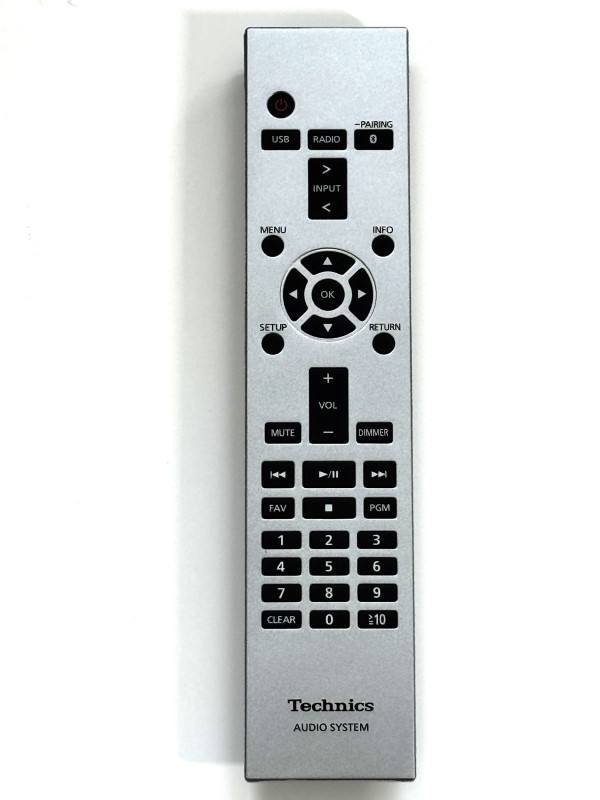
Setup & Listening
Hoisting the 15-pound SU-GX70 atop my equipment rack didn’t tax even my extremely modest clean-and-jerk abilities: hooray for Class D! Nor did connecting my sources: a multi-disc-player, an elderly but still highly competent Rega Planar turntable, and an Ethernet cable —- strain my wire-routing finesse; hooray for two-channel! With some future comparative listening in mind, I connected the disc player via both analog-RCA and digital-coax, as well as via HDMI to the Panasonic’s HDMI in. And oh, yeah: I also hooked up my tabletop FM dipole antenna after unearthing it from a rather long nap in the equipment-closet midden.
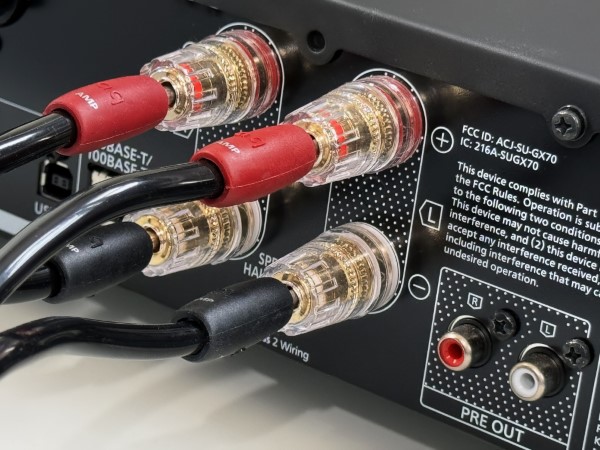
Jacking in my banana-equipped speaker cables to the SU-GX70’s widely spaced and satisfyingly chunky outputs was even easier. At the other end, my vintage but still pretty much SOTA-adjacent, three-way, stand-mount Energy monitors presented a modestly low-impedance and fairly low-sensitivity load; in other words, an honest test for any amplifier, which is a big part of why I keep them.
After initially lighting up the Technics amp and confirming ops and updating its firmware via a wired Ethernet connection, I used it for several days of casual listening and TV sound to account for any break-in concerns. I’m not a big believer, but just the same. In the meantime, I downloaded Technics’ no-charge Audio Center app from the iOS store (an Android version is available) and familiarized myself with its layout and functions, more on which will follow.
But first, how does the new Technics sound? Streaming hi-rez files from my modest but wide-ranging collection I heard what I expect from any competent, high-end streaming amplifier: pristine, dynamic, highly detailed playback. One of these, a superb DSD file of Vivaldi violin concertos, challenges dimensionality and fine tonal and dynamic shading from any playback system, and the SU-GX70 delivered these in full measure. From rosin-on-strings textural nuance to richly reverberant hall sound, it was all there.
One of my go-to checks for rock dynamics is Keith Richards’ “Main Offender” album. This is the rare recording that actually sounds like an unsweetened, uncompressed rock band playing in a room. Streaming the 2022 remaster in 48 kHz FLAC via Qobuz, the bite of Keith’s unadorned guitar riffing was fully present, while Steve Jordan’s delightfully un-gussied-up drum kit sound was organically slammy and live, delivering the crack of rimshots and twangy ringing of snare-skin just as you hear them when you’re standing 10 feet from a great drummer.
But was there enough power? On a track like “Wicked as it Seems,” the Technics had no issues delivering a “comfortably loud” listening level, via my not-too-sensitive Energys, in my 3100 cubic-foot studio. But asking for much more quickly revealed the limits, and attempting something like what I think of as “control-room” loudness — that is, peaks nudging 100 dB SPL, which in all honesty is too loud for safe long-term listening — produced a bright, hard-edged, quashed-sounding texture. If you’re in a smaller room with typical sensitivity speakers (say, 87 dB SPL at 1 watt/meter or better), I’d wager you’d be just fine, but in my setup, more juice was needed.
I briefly tried using the Technics as a preamp-streamer, connecting its Pre Outs to two channels of my 150 watts-per multichannel power amp, and this restored all the spanky drive and sparkling clarity I expected from this recording.
Amplifier power aside, I was left in no doubt regarding the GX-70’s intrinsic audio quality. Elsewhere on Qobuz I discovered a collection of piano works by Carlo Albanesi, an Italian/English composer — a Schumann acolyte, to my ears — with whom I was unfamiliar, lovingly recorded by pianist Julia Severus on the grand Piano label and streaming in 96 kHz FLAC. Lowering levels a bit and moving my listening chair a yard closer to the speakers, the piano sound was highly natural, resonant but not overly close-mic’d, and wonderfully detailed.
An App a Day…
Let’s turn now to Technics’ Audio Center app, which I sampled in its iOS form and which turns out to have a good deal more functionality than first meets the eye. On first encounter, Audio Center follows the path familiar from a host of similar apps from other streamer-makers: a Music page for selecting inputs (somewhat confusingly labeled “Device”), streaming services or a local-area media server, or creating playlists; one for establishing up to nine Favorites,” which can be any mixture of FM stations, a USB-A source, or streams from the included commercial sources (Spotify, Amazon Music,Tidal, Qobuz, and Deezer; no Apple Music, unsurprisingly); one for selecting which Technics component the app will control (this feels like a waste of an entire “page”); lastly, one for tools, marked by a wrench icon.
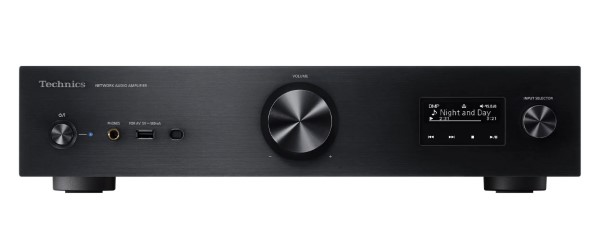
This last deserves a bit of discussion, as this is where most of he SU-GX70’s features reside, but first I will mention that the Music page includes a “Music on this Device” button, which in my case made playing the library of tracks physically residing on my iPhone XS, via the Technics, possible without resorting to Bluetooth or a wired connection. Kind of a nice touch, and one not found on every streaming-component’s app in my experience.
The Tools page accesses the usual suspects, like tone and balance controls, and some unusual ones, like individual normal/invert “Phase” settings for each analog input, and subsonic filters ditto. (According to both the literature and my experience, signal inversion — absolute-phase — is detectable, but only under very controlled conditions and almost only via headphones; in a reverberant field — a room with loudspeakers — fuggedaboutit.)
There’s an “Other settings” sub-page for stuff like front-panel dimmer, auto-power, and HDMI-control, which I’m not going to go into, and one labeled “Space Tune,” which I am. Space Tune, which is not mentioned in the printed manual that accompanied the GX-770, offers four preset equalizations, labeled Free, Wall, Corner, and In a Shelf, that (presumably) goose the bottom octaves down by 0, 6, 12, or 18 dB according to speaker placement in 0, 1, 2, or 3-“Pi” space; my ears seemed to confirm this. I’m not entirely sure what the “Shelf” EQ was, except that it was a bit different.
Another Tools icon is labeled “Measure,” with an attendant “Measure newly” button — again, entirely unheralded by Technics’ manual; hmm. Like Alice, I could hardly be expected to resist this (“Drink me!”), and was rewarded by the discovery of a fully formed, though fairly basic, automated room/speaker-EQ system.
Tapping the “Measure newly” button brings up on-screen (iPhone screen, that is) directions that perform a single-position, single-tone-burst (tone-bloop, really) stereo measurement, using the iPhone’s mic, and then calculates (and displays), EQ-correction curves for each channel. I confirmed visually that these were roughly right for my room and speakers — knowledge gleaned from countless “runs” of various Audyssey, Dirac Live, and Room EQ Wizard versions over the years — compensating for the room’s two principal low-frequency modes.
The Technics EQ also dialed in some modest high-frequency compensation. Given the X factor of an iPhone mic’s response and directionality, I’m not so sure about this (upper-octaves EQ is a hotly debated topic anyway), but it was clear that the SU-GX70’s software did its job in tightening bass and subtly decongesting midrange, as has every competent room-EQ system I’ve used, to one degree or another. Given that the SU-GX70 obviously has the requisite DSP hardware and software on board, I was a little surprised that no user-EQ facilities were offered, though in a more audiophile-targeted product such as this it’s perhaps a sensible choice.
And All (or most of) the Rest
I spun a few LPs on my Rega/Ortofon setup and was rewarded with a quite superior sound. A treasured Telefunken boxed set of the Brandenburg Concertos sounded as good as I know it can, which is excellent indeed, with natural instrumental timbres and rich, smooth recording-space natural reverb. I rate the SU-GX70’s phono-preamp — moving-magnet only — quite highly. In the name of completeness, I bluetoothed a few tracks from my phone; this worked fine.
The Technics incorporates a couple of putatively high-tech amplifier features that I dutifully tried. LAPC — Load Adaptive Phase Calibration — is said to compensate for the interaction of the connected loudspeakers’ impedance with the low-pass filter found on the output of any Class D amp, thus “… flattening [of] the frequency characteristics of amplitude and phase….” For the record, I’m a bit skeptical since phase really is not a factor in listening to loudspeakers in real-world rooms (surface reflections of sound from the speakers absolutely swamps any phase influences in the electrical domain), and the interaction of typical speakers and modern Class D amps is, as far as I know, minimal — typically, fractional dB, in the sub-100 Hz region. Nonetheless, I ran LAPC’s measurement routine — a separate (and longer) one from the Space Tune outlined above — and dutifully listened to a number of tracks, with LAPC both enabled and disabled via the Audio Center app. Was there a difference? Maybe. Maybe: but if there was, it was subtle to the vanishing point.
Similarly, the SU-GX70’s Pure Amplification mode, which entirely shuts down all the network and HDMI circuitry, and thus is enabled/disabled only via the front panel, and is (obviously) applicable only to hardware inputs. I spun several CDs and SACDs from my disc player’s analog inputs but could detect no difference on speakers or headphones. I almost never do, on similar such features, which are commonplace on AVRs and integrated amps these days. Perhaps you’ll do better.
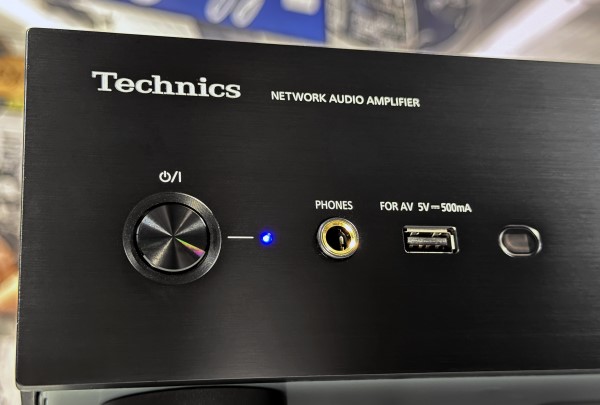
Speaking of headphones, Technics’ front-panel 1/4-inch (unbalanced) jack did a fine job driving my three rather different sets of “cans,” which range from medium-low to medium-high impedance. There was plenty of output in all three cases and very fine sound. I posit that Technics went the extra mile beyond the usual chip-based headphone amps in many mass-market receivers and amplifiers.
A word on the SU-GX70’s network performance. Initially, all I did was jack in an Ethernet cable from my AV rack’s network switch, and the Technics worked just fine without any further adjustment. All the streaming services were on tap via the Audio Center app. My Roon software showed the Technics as an AirPlay/Chromecast destination, which worked perfectly. I later performed the WiFi setup as directed by Technics’ manual and found it to work similarly. Ergonomically, I found the SU-GX70 a pleasure to use, mostly because the Technics audio Center app is simply arranged and quite un-fussy. I did, however, find it lacks easy access to volume control from all screens, does not give the option to use the phone’s hardware up/down keys for volume, and could occasionally be a bit jumpy when ramping volume up or down. Another small complaint: the SU-GX70 has no fixed-level input (power-amp in); including such would make it easier to use the Technics to power front-left/right speakers for stereo/streaming listening in a broader multichannel AV system.
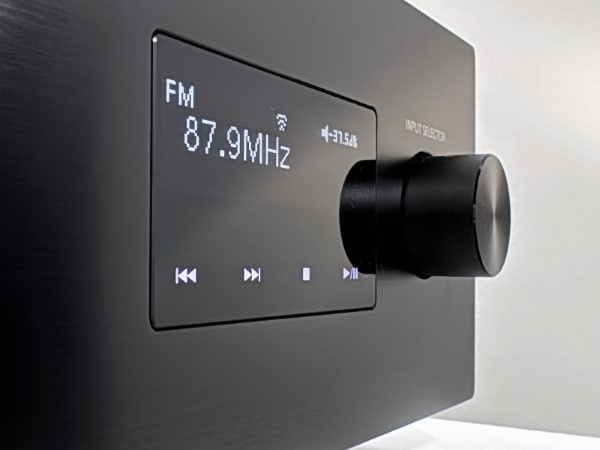
Oh yeah — the tuner! This seemed to be a rung above the afterthought, postage-stamp AM/FM modules found in most receivers today. The Panasonic pulled in a couple more stations and seemed a little cleaner on the one high-quality broadcast in my area (a small classical station, mostly rebroadcasting feeds from Chicago’s famous WFMT), than I can recall hearing recently. Though it’s been quite a while, so this is obviously subjective.
So in Conclusion…
I know it’s my job to sum up each component's pluses and minuses, but Technics’ SU-GX70 honestly leaves me a little fuddled. On the one hand, it’s an attractive “just-add-speakers” streaming solution that promises — and delivers — audiophile-grade sonics. On the other hand, its modest power-amp section may not be enough for a significant segment of possible loudspeakers and rooms. On the third hand, it’s quite a full-featured design, and a relatively easy-to-use one, too.
But on the fourth hand, you can get much the same basic functionality for, literally, about one-ninth the cost, from something like the WiiM Pro Plus. On the fifth hand, the SU-GX70 delivers a far more premium look-and-feel, and it throws in FM radio and pretty damned good radio at that. On the sixth hand — oh, hell, I’m out of hands: you all are just going to have to make up your own minds on this one.
SPECS
Power Output: 40+40 watts at 1 kHz, 1% THD at 8Ω (80+80 watts at 4Ω)
Digital audio inputs: 1 eARC/HDMI, 1 coax, 2 optical SPDIF, 1 USB-A (for storage device, front panel), 1 USB-B (streaming), Ethernet ; Analog inputs: 1 phono MM, 2 line-in unbal (RCA); audio outputs: stereo pre-outs (RCA), stereo speaker outputs (multiway binding posts), headphone (1/4-in. stereo unbal, front panel)
Network: Bluetooth A2DP, AVRCP; Wi-Fi b/n/g, wired 100/10BASE-T Ethernet
DAC: 32-bit/384 kHz-capable (DSD to 11.2 mHz)
Additional: tk
Dimensions (WxHxD, Inches): 17 x 3.7 x 14.5 in., 14.6 lb.
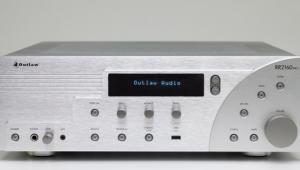
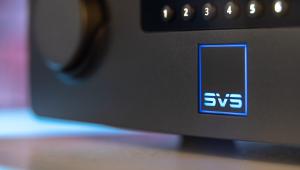
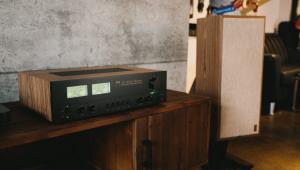
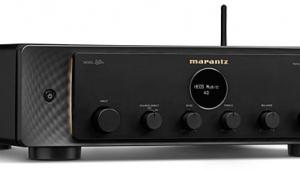
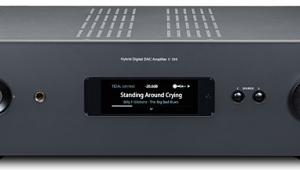
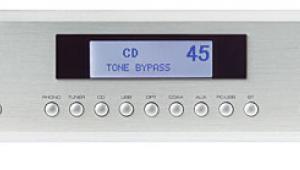
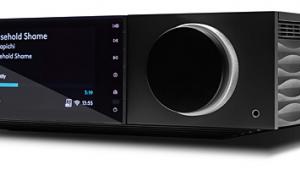
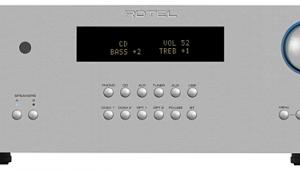
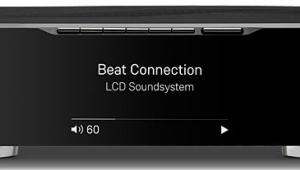
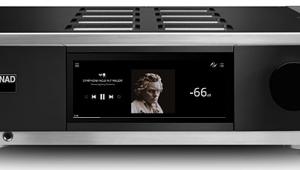
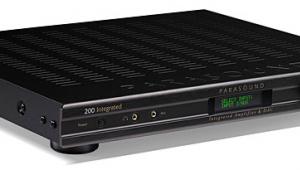
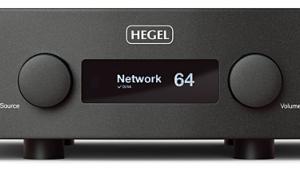
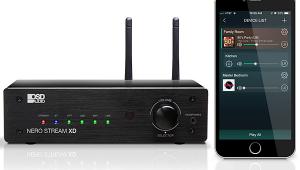
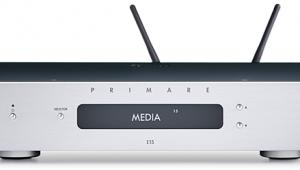

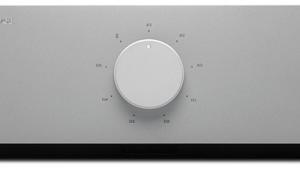









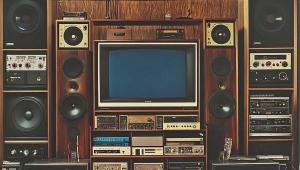


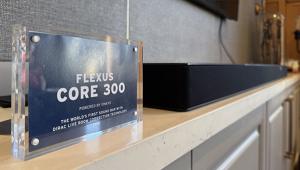







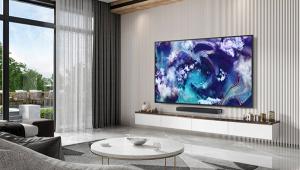


























I think you're doing readers a disservice by failing to include any actual measurements. It's long been established that listeners can't actually distinguish between properly-designed solid state amplifiers in listening tests so telling us you listened to it and it sounded good isn't really telling us a lot.
Also, are there power output specs on a proper scale? Power output at 1%THD at 1kHz is not standard - what's the 0.1%THD output across 20Hz-20kHz?
Have we finally reached the day and age where Sound & Vision isn't giving out "TOP PICK"s to 90% of their reviewed gear?!